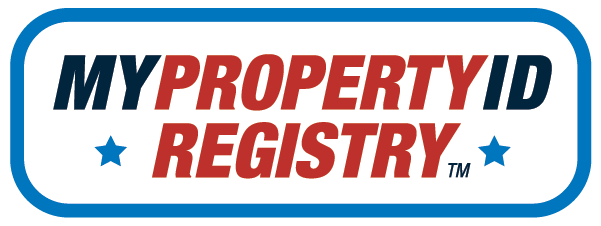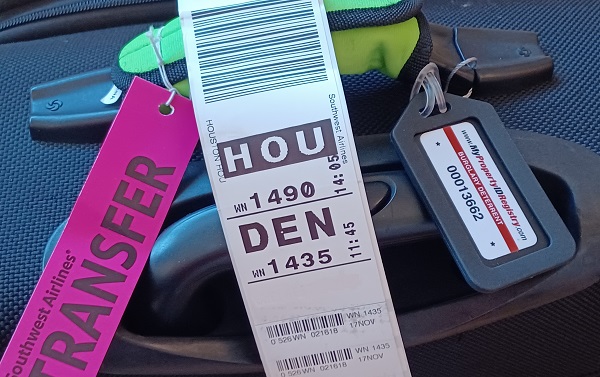On and off over the decades, with very little success, private and public institutions try their hand at generating interest in consumer tracing technology. Because of the very successful marketing strategies on the part of companies that focus on the more expensive, high-margin tracking technologies, tracing technology has been left in the dust.
Tracing Tech Is a Billion Dollar Industry
The tracing-technology industries are a billion-dollar, global sector. IBM and 3M are two of the most recognized names. When it comes to the tracing of U.S. government property within the Dept. of Defense, CGI is the most recognized. Then there are small companies like those who are members of the Asset Leadership Network. The problem is that their strategies are optimized for the largest institutions.
- https://www.ibm.com/products/maximo
- https://www.3m.com/3M/en_US/vehicle-registration-us
- https://www.cgi.com/us/en-us/federal/cgi-sunflower-solutions
- https://www.assetleadership.net/asset-leadership-network-members
My Property ID Registry is among only a few, small, fledgling companies that offer tracing services to consumers.
https://mypropertyidregistry.com/2017/09/22/enterprise-asset-management-miniaturized
Tracing vs. Tracking Tech
Most consumers have some intuitive understanding of GPS tracking technology—AirTag, LoJack, RFID—but are less familiar with the capabilities of tracing technology—license plates, asset tags, airline tracers.
As defined by this Wikipedia page, a “tracking system, also known as a locating system, is used for the observing of persons or objects on the move and supplying a timely ordered sequence of location data for further processing.”
https://en.wikipedia.org/wiki/Tracking_system
A tracing system, on the other hand, is a repository of information about an item, such as a motor vehicle or library book, where each unique record is assigned a unique alphanumeric string that can be searched in that repository. A corresponding copy of that unique alphanumeric record (license tag) is then affixed in some manner to the physical item associated with that original record.
Hot Pursuit of Motor Vehicle
As a hypothetical, let’s think of a police chase of a registered and licensed motor vehicle also equipped with a LoJack GPS system.
https://en.wikipedia.org/wiki/LoJack
In some jurisdictions, the law-enforcement professional engaged in the pursuit can see the LoJack GPS location of the vehicle on the computer screen installed in their squad car. Suddenly, the signal disappears. Even though other officers swarm the area, the stolen vehicle and occupant are never located.
Ten years later, in a location 15 miles away from the last known location of the stolen motor vehicle, a police SCUBA team, doing a practice search-and-rescue training session, discovers a vehicle at the bottom of a large river.
Within minutes of coming to the surface with a record of the still affixed license plate of the motor vehicle, a search of the FBI’s National Crime Information Center (NCIC) database was executed, and a cold case was immediately linked to a series of police records.
https://mypropertyidregistry.com/2020/12/08/the-power-of-the-ncic
While GPS tracking systems can have advantages in emergent, high-profile cases, tracing systems, like license tags, might be slower, but are just as effective a technique for identifying the rightful owner of lost and stolen property.



